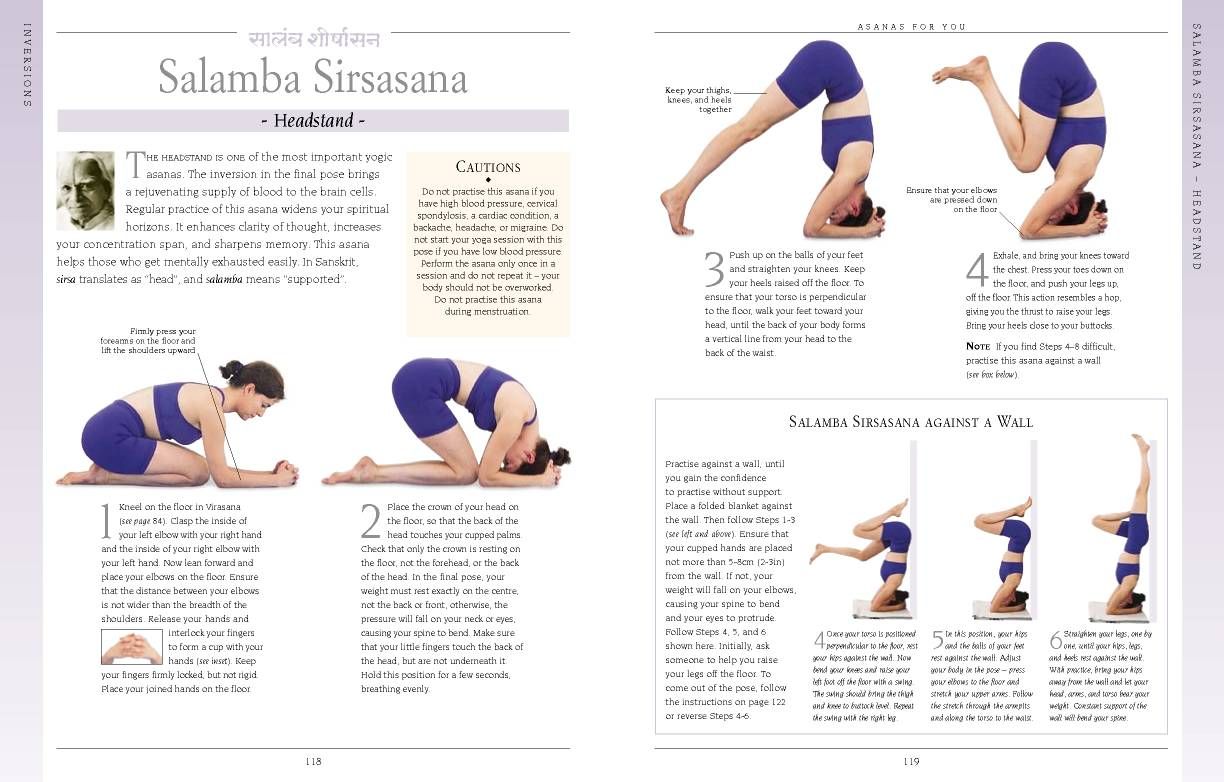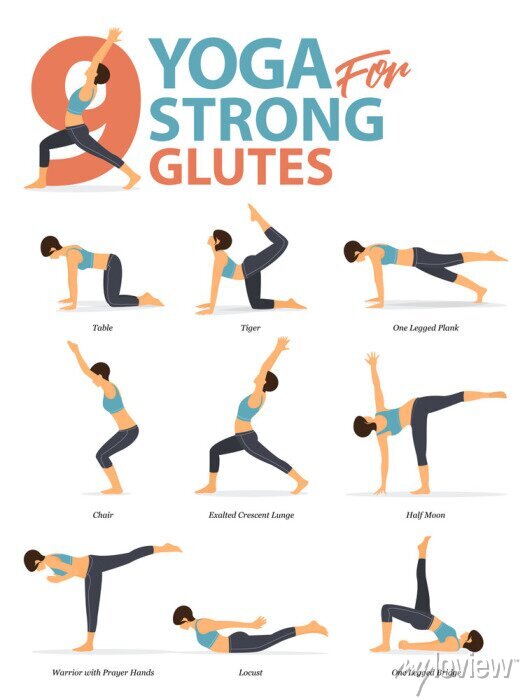
There have been mixed results in research regarding the relationship between yoga, arthritis and meditation. Researchers found yoga induced fewer depressive symptoms, higher positive affect and no significant differences in the SF36 MSC. Adjusting for age, the results were almost identical. Although there is no evidence that yoga causes arthritis, these results are encouraging and warrant more research. We'll be discussing the benefits of yoga as a treatment for arthritis, and the differences between power and vinyasa classes.
Yoga for restorative purposes
There are many benefits to Restorative Yoga as a treatment for arthritis. Yoga can reduce joint pain, flexibility, and function. A Restorative Yoga program that focuses on reducing pain and disability was part of a scholarly research project. Five people with arthritis participated in the study. Five people with arthritis participated in the study. Their responses were based on physical function and pain levels as well as quality of living and overall well-being. Despite positive results the statistical significance of this study is unknown.

Vinyasa
Many people have wondered about Vinyasa yoga's link to arthritis. Vinyasa yoga is a dynamic, flowing class that allows you to change from one pose to the next. You also build muscle and connect your breath with it as you move. Vinyasa yoga can bring benefits to your joints and reduce arthritis pain. And while there is no concrete evidence linking Vinyasa yoga and arthritis, it can be beneficial for both conditions.
Power yoga
Power yoga has a direct correlation with arthritis. Practicing this ancient exercise can improve quality of living for people who have it. Power yoga classes are faster-paced and often incorporate holding postures for too long. Restorative classes are slower-paced, and emphasize stretching and relaxation. Restorative yoga classes are suitable for people with mild or moderate arthritis.
Vinyasa-style classes
Yoga has many benefits, particularly vinyasa-style yoga classes for arthritis. Vinyasa is a flow sequence of poses that are linked together. It is more aerobic than most yoga styles. It can increase joint range of motion, reduce pain, and help with stress management. Often, the emphasis is on reducing stress and promoting relaxation through breathing exercises. Vinyasa-style yoga classes for arthritis offer an additional benefit: they target joint pain.

Lyengar yoga
Props used in yoga have been shown to increase joint flexibility, mobility, as well as a lower risk of infection for people with arthritis. For people with limited movement due to rheumatoid, this complementary therapy could be a good option. The use of props is an important part of the Iyengar yoga method. This type of yoga stresses the importance of correct alignment in all postures. IY classes have students hold the poses for only a few moments. Props may be used by the teacher to help students attain the best pose.
FAQ
Is Cardio Exercise Good Or Bad For Your Health?
Cardiovascular exercise has many benefits. It increases blood circulation, strengthens the heart muscle, boosts stamina, aids in weight loss, and gives you more energy.
Cardiovascular exercise includes running, biking, hiking, swimming, tennis, basketball, soccer, volleyball, football, etc.
It is important that cardio exercises are not performed at high intensities. This could result in injury.
You should only perform the cardiovascular exercise if you are feeling well.
Never push yourself past your limits. Otherwise, you could end up injuring yourself.
Begin by warming up before engaging in cardio exercise. Gradually increase the intensity.
Remember, you should always listen to your body. If you feel pain while performing cardiovascular exercise, it is important to stop immediately.
Also, after a cardiovascular workout, it's advisable to take a rest. This will allow your muscles to rest.
Cardiovascular exercise can help you lose weight.
This is the best way to lose weight and belly fat.
What is a good schedule for a 7-day work out?
A seven-day exercise plan should include cardiovascular training (running/biking/swimming), strength exercises (using weight machines, free weights) and one flexibility/core program (yoga or Pilates). Each activity should be done at least once per week. The total time for each session should not exceed 45 minutes.
Cardiovascular Exercise: Running/Biking/Swimming
Your goal is to exercise at least 60 minutes each week. For best results, aim for 75 minutes per week. Cardio exercises can help improve blood flow and stimulate muscle growth.
Strength Training
While cardio exercises target the heart and lungs, strength training targets the muscles and bones. Strength training helps you burn calories even while resting.
Flexibility & Core Workouts
To strengthen your whole body, flexibility and core work outs are excellent ways to do so. Both yoga as well as Pilates are great choices.
How often should I exercise each week?
It all depends on your time and the type of exercise that you enjoy. It's a good idea to do moderate-intensity aerobic exercises 3 - 5 times per week. It is important not to overdo it. For maximum results, consistent exercise is key to getting the most out of your workouts.
Which exercises are best suited for me?
It really depends on the type of fitness goal you have. Some people focus on endurance activities like running, cycling, and swimming. Others prefer lifting weights, or using resistance bands. There are many exercise programs on the market today. Choose an option that suits your lifestyle.
Statistics
- Candidates and applicants must pass all four tests at 70% (minimum level) to graduate from Basic Deputy U.S. Marshal (BDUSM) Training. (usmarshals.gov)
- According to the American Academy of Dermatology (AAD), men over 50 are at a heightened risk of developing it. (healthline.com)
- According to the American Heart Association, blood pressure should be checked at least once every two years, beginning at age 20. (my.clevelandclinic.org)
- The PRS enabled risk stratification for overall prostate cancer and lethal disease with a four-fold difference between men in the highest and lowest quartiles (HR, 4.32; 95% confidence interval [CI], 3.16-5.89). (pubmed.ncbi.nlm.nih.gov)
- Cardmembers earn 5% Back at Amazon.com with a Prime Credit Card. (amazon.com)
External Links
How To
What nutrients does a man need daily?
Daily nutrition is essential for men's healthy growth. Your body needs vitamins, minerals and nutrients as well as carbohydrates, proteins, fats, carbohydrate, fiber, and other essential components.
Males also require specific nutrients at certain times of the day. For example, when you sleep, your body uses energy from food to make hormones, antibodies, and enzymes. When you wake up, your body uses protein to repair damaged tissue and build muscles.
Your body burns fat at night and stores it as energy as glycogen. During this time, your body needs fewer calories but still needs sufficient nutrients. If you feel hungry, you can have a snack in the evening.
For your body to function properly, it needs adequate amounts of protein and carbs. If you train hard, you may experience muscle soreness after exercising.
To avoid this, you need to eat carbs and proteins within two hours of training. Your body will breakdown stored glycogen and provide you with glucose for energy.
Additionally, it is important to eat protein right away after your workouts are over. This prevents muscle tissue loss that happens while you sleep.
During periods of intense physical activity, your body produces lactic acid. It builds up in your bloodstream, which can lead to fatigue. To avoid this, you should eat foods rich in carbohydrates, such as fruits and vegetables.
Carbohydrates give your body the energy it needs to recover from strenuous exercise.
A healthy diet should include lean meats such as fish, eggs and milk, cheese, yogurts, beans, seeds, nuts, and beans.
These foods all contain high-quality proteins. Protein promotes muscle growth, and helps repair damaged tissues. Protein provides the amino acid your body needs for testosterone and sexhormone production.
Good skin, hair, and joint health requires adequate dietary fats. Healthy men need between 20% - 35% of the total caloric intake to be fat.
Fat protects your heart from cancer and keeps it strong. It helps keep your brain working properly.
Vegetable oils, such as olive oil, sunflower oil or corn oil, soybean oil and peanut oil, can supply most of the fats you require.
These oils are high-in monounsaturated, unsaturated fatty acid (MUFAs). MUFAs lower cholesterol and decrease inflammation. They protect your cells and prevent damage from free radicals.
Saturated Fats (SFAs), which are mostly found in animal products like meat, butter, and dairy products, include LDL ("bad") cholesterol. SFAs increase LDL ("bad") cholesterol, and increase triglycerides. They promote weight gain as well as belly fat.
Polyunsaturated oil (PUFAs), which are plant-based, can be found in vegetable oils, nuts seeds, grains, and other plant-based products. PUFAs are good for your heart health and help to reduce inflammation. They also reduce blood sugar, cholesterol, and other inflammatory factors.
Erectile dysfunction is common in men with low HDL ("good") cholesterol. A high intake of saturated fats leads to higher levels of bad cholesterol.
Because of the high levels of nitrates in red meat and pork, men with prostate problems may eat more of them. If cooked at high temperatures, the nitrates become nitrosamines. These compounds cause cancer.
Nitrites and other harmful chemicals are common in processed meats. Avoid them.
According to the American Heart Association, you should limit your consumption of red meat to no more that 2 meals per week. Instead, choose poultry or fish, beans, tofu and whole grain bread.